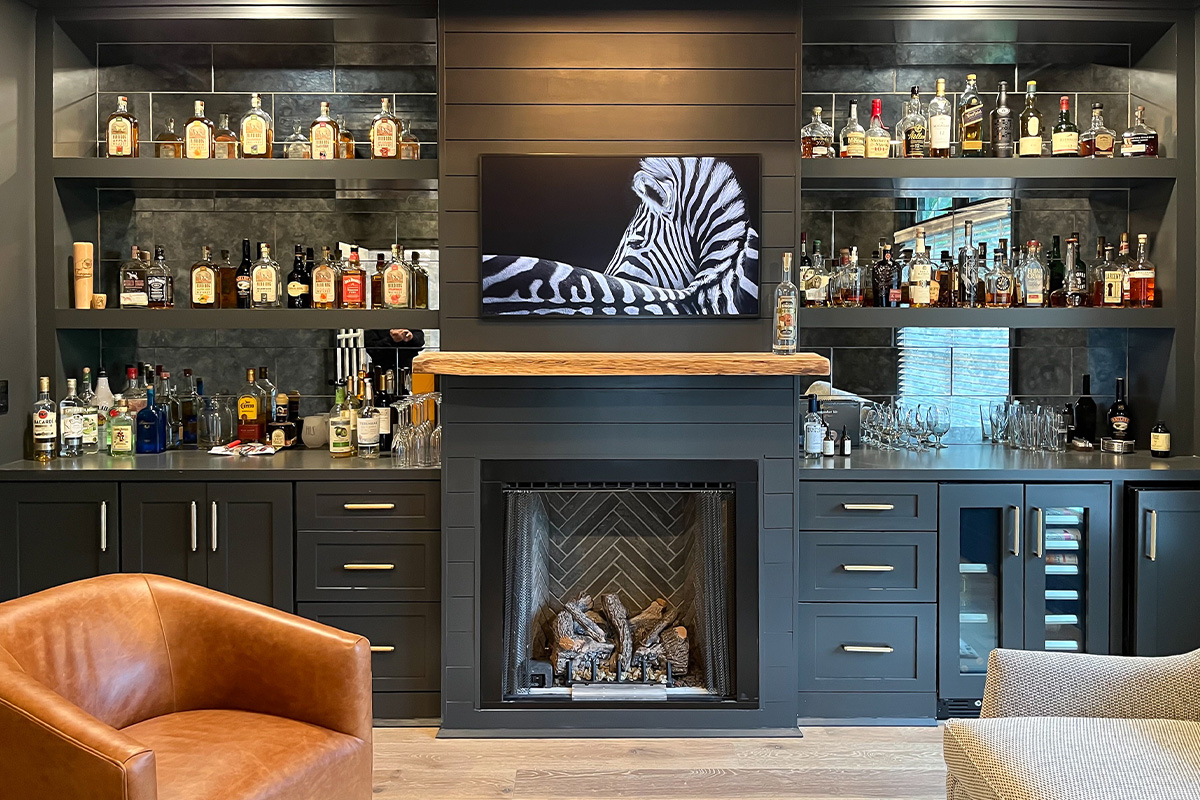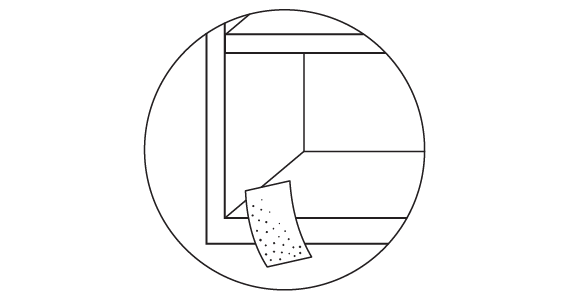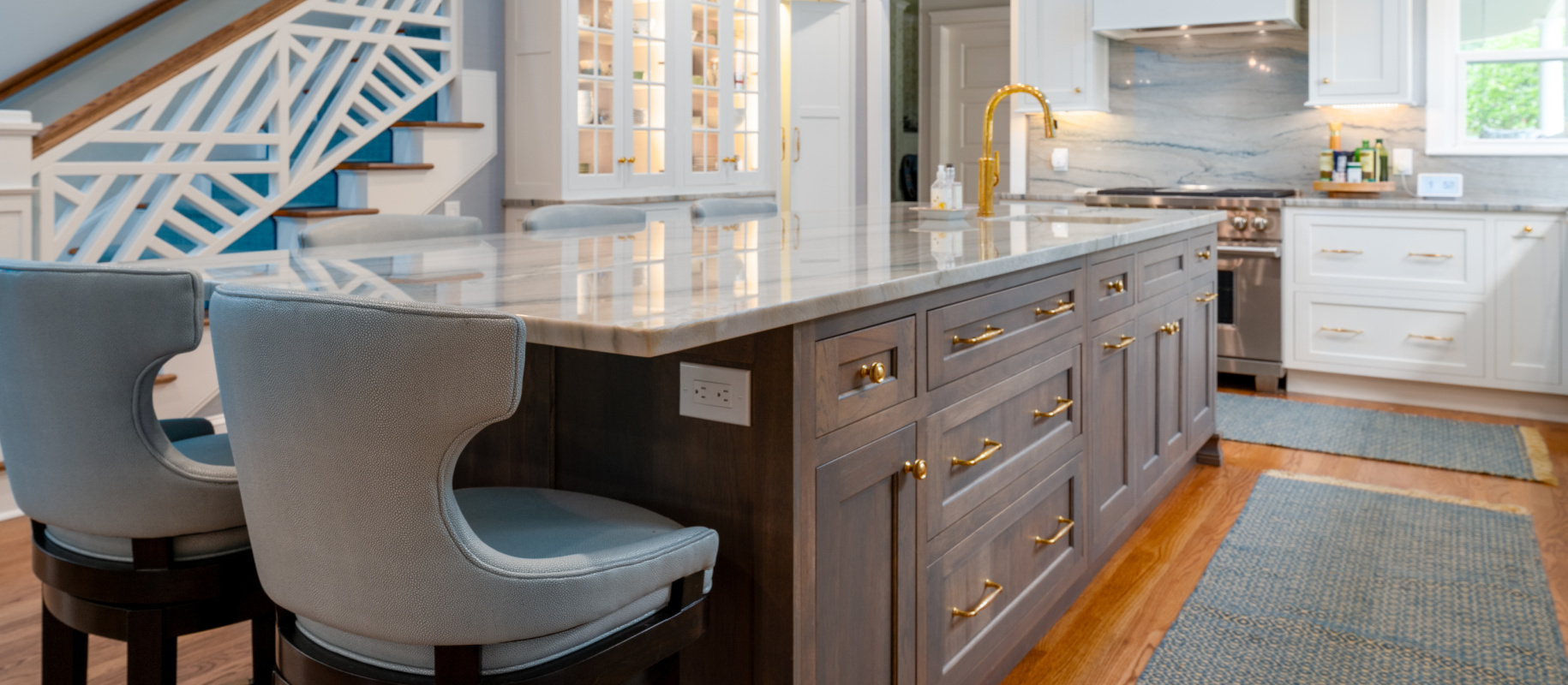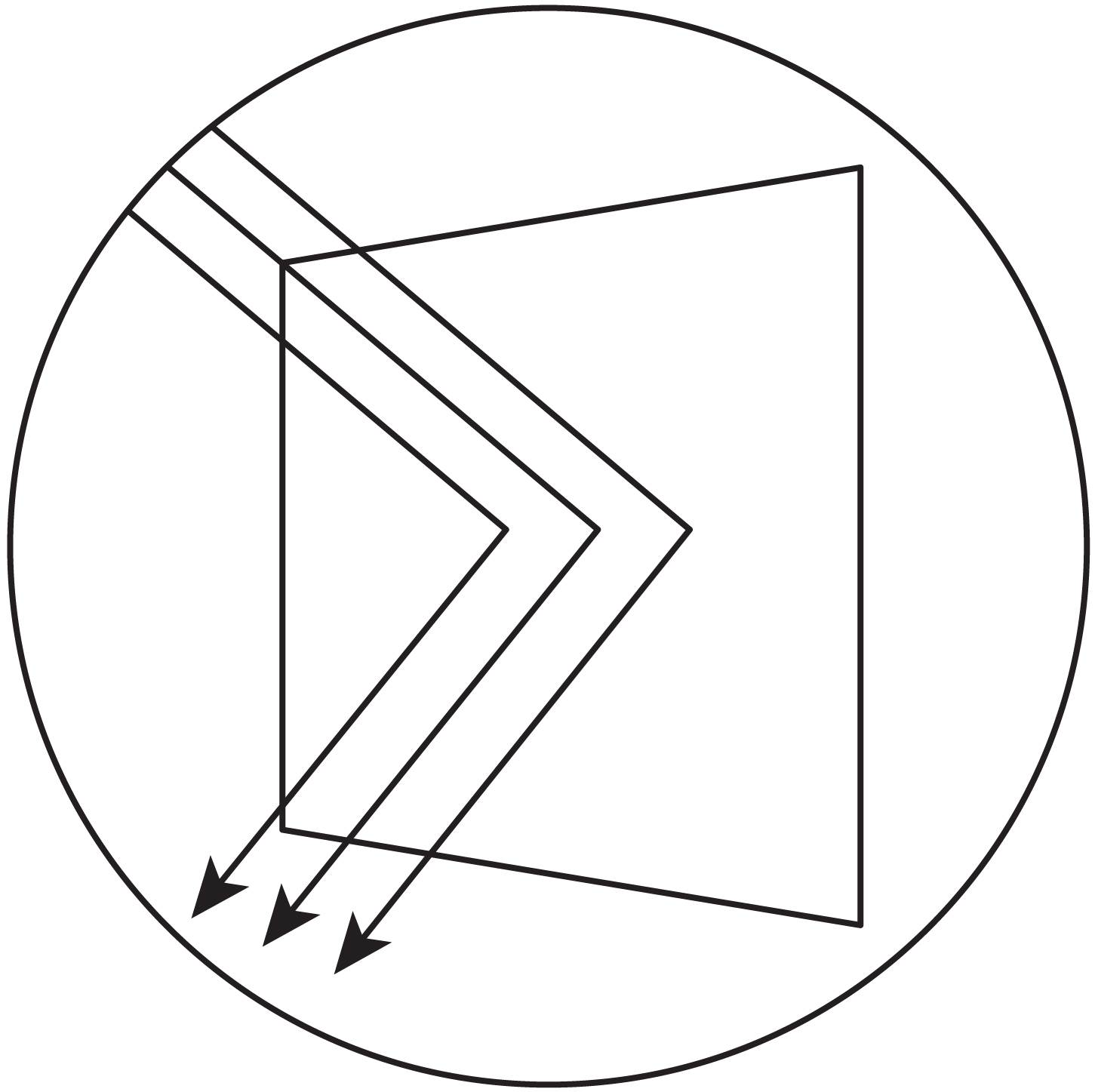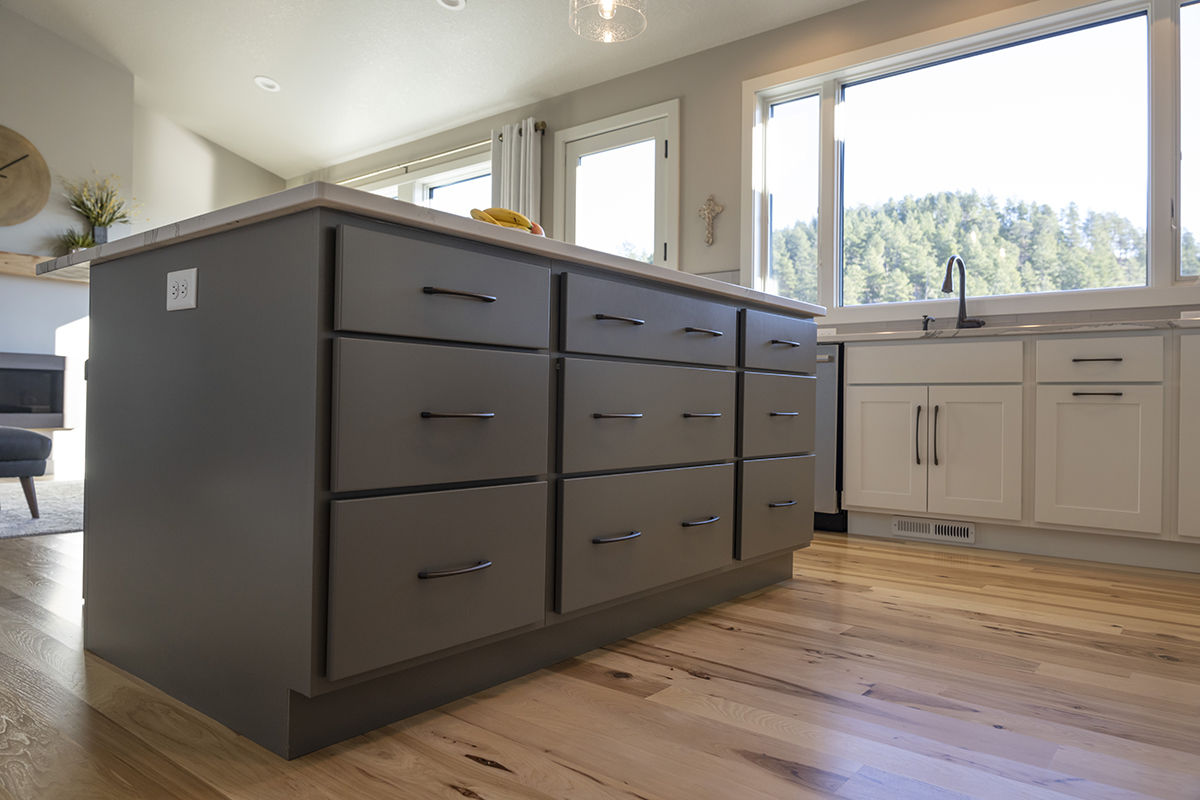After years of bright white kitchens and cool gray tones, 2026 is taking a softer, warmer turn with hints of fresh colors.
Learn More
Designers and homeowners alike are leaning toward colors that feel grounded, natural, and a little more “lived in” while including bold or colorful accents that add a touch of character. It’s all about creating kitchens and baths that look beautiful and feel like home.
If you’re planning a remodel or helping a client design their dream kitchen, here’s what’s trending and why these choices have staying power.
Warm Neutrals with Character
White isn’t going anywhere, it’s just sharing the stage. Shades like mushroom and taupe are stepping into the spotlight. These hues bring warmth and depth without feeling dark or heavy.
Think of them as the “perfectly brewed coffee” of cabinet colors — not too light, not too bold, just right.
Design insight: Warm neutrals pair beautifully with brushed brass or matte black hardware, and they work across all Showplace styles — overlay, inset, and frameless.
Nature-Inspired Greens and Blues
Say hello to the “new neutrals.” Soft greens, dusty sages, and rich navy tones are showing up everywhere — on islands, lower cabinets, and even full kitchens.
These nature-inspired colors, like one of our new Coastal Colors, bring a calming, collected feel that’s both timeless and on-trend. A sage green kitchen feels fresh yet familiar, while a deep blue island adds depth and luxury.
Try this: Use a statement color on the island and keep the perimeter lighter for balance that lasts.
Natural Wood Finishes Make a Comeback
After years of hiding the grain, wood is proudly taking center stage again. Homeowners are embracing walnut and white oak woods, and natural stains that highlight the beauty and warmth of wood grains.
This return to wood aligns perfectly with Showplace’s roots — Midwest values, timeless materials, and quality that lasts. Whether it’s a lightly stained oak or a rich walnut island, these finishes bring character that painted cabinets can’t match.
“Wood finishes are resurging as homeowners crave authenticity and craftsmanship in their spaces,” states Hannah Gebauer, Showplace Director of Marketing.
Why it works: Wood adds organic texture and pairs easily with painted colors in two-tone designs.
“Wood finishes are resurging as homeowners crave authenticity and craftsmanship in their spaces”
Dark & Moody Accents
Ready for a little drama? Dark tones like charcoal, black, and midnight blue are design favorites — not to dominate the space, but to anchor it.
Picture a dark island surrounded by warm greige cabinetry, or a moody pantry tucked beside a lighter perimeter. These rich hues bring contrast, sophistication, and depth.
Pro tip: Matte finishes make dark tones feel modern.
Two-Tone Everything
Why pick just one color when you can have two that complement each other perfectly?
Two-tone kitchens are a top trend heading into 2026, often featuring a lighter upper cabinet and a deeper lower cabinet or island. This look adds dimension and visual interest without overwhelming the space.
For homeowners: It’s a low-risk way to explore color.
For designers and dealers: It’s an easy way to showcase customization and creativity.
What’s Fading Out
Don’t worry — your white kitchen isn’t suddenly outdated. But the all-white everything look is giving way to warmer whites and layered neutrals.
Cool grays and glossy finishes are also fading, replaced by matte textures and more natural warmth.
The new goal? Balance and comfort. A kitchen that still looks bright and fresh — but feels personal and inviting.
How to Bring These Trends Home
Whether you’re designing your dream kitchen or helping a homeowner find their perfect finish:

Focus on quality.
Trends evolve, but craftsmanship endures.

Test colors in your space.
Lighting changes everything.

Mix materials.
Try pairing wood and paint for added depth.

Add personality in small doses.
Use bolder hues on an island or accent wall.
The Showplace Perspective
At Showplace Cabinetry, we believe color trends should enhance your home, not overwhelm it. The 2026 palette is all about warmth, texture, and individuality, perfectly aligning with our focus on quality, Midwest craftsmanship, and timeless design.
Whether you love soft neutrals, earthy greens, or bold accents, there’s a Showplace finish that fits your style and stands the test of time.
Let’s get started!
Ready to start your 2026 home project? Find your nearest Showplace dealer and start exploring the finishes that make your space truly yours.










